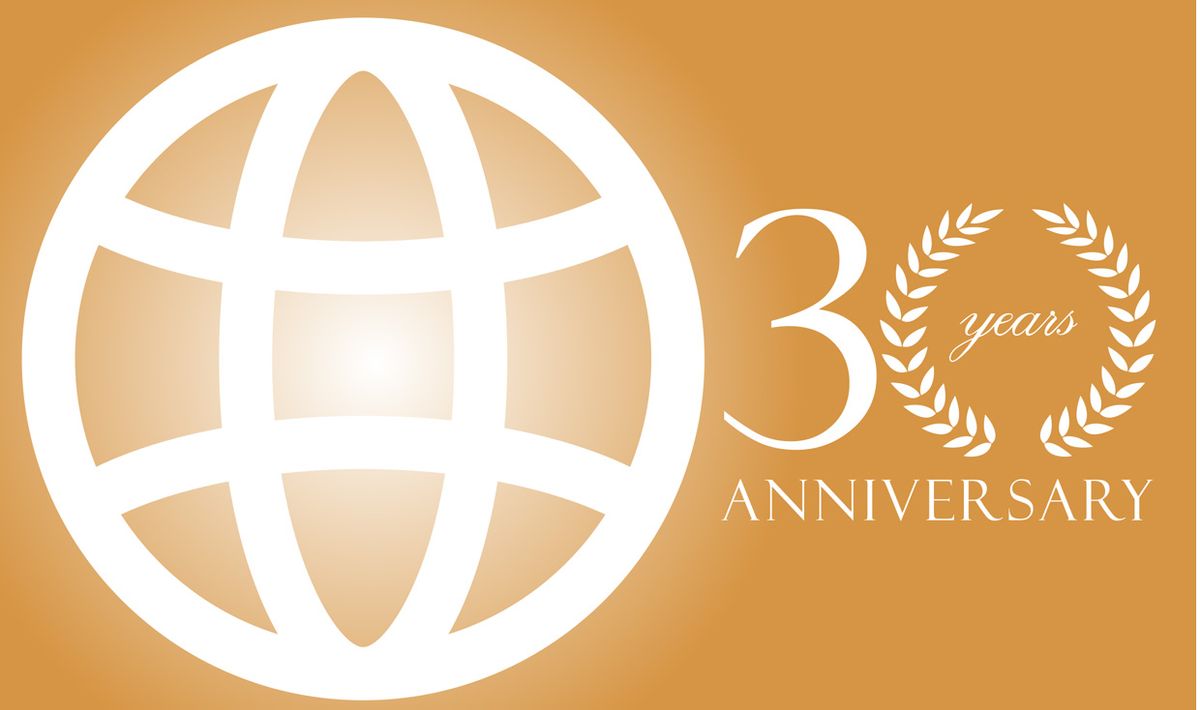THE INSTITUTEThis month marks the 30th anniversary of the World Wide Web, the most influential technology of our time. Its evolution and impact have been phenomenal, and its growth continues unabated. Within a mere 30 years, the Web has irrevocably revolutionized the world and our lives, ushering in the Information Age. It has become indispensable, and it has impacted almost every aspect of our activities and almost all industries. But no one anticipated it.
HUMBLE BEGINNINGS
Tim Berners-Lee, a 33-year-old software engineer at CERN, envisioned a unifying structure for linking information stored on multiple incompatible computers. Inhis “Information Management: A Proposal,” published in 1989 and 1990, he developed a new way of linking and sharing information among a small group of scientists over the Internet. He sought approval for the project from his boss, who wrote on the first page, “vague but exciting,” and gave him the go-ahead. Two years later the first Web page went online.
In 1993 CERN allowed the technology to be freely used by all. That vision of universal connectivity became to be known as the World Wide Web. Since then, the Web has evolved and grown steadily and significantly. It has become a universal platform for communications and interactions. Its open approach fostered widespread creativity and led to the technology’s amazing growth.
The Web has redefined the way we live, communicate, socialize, and transact. It has prompted companies to rethink how they conduct business, interact with customers and suppliers, foster innovation, and collaborate with others. It has changed the face of politics, governance, religion, and spirituality.
Web tools and services enable us to gain and share knowledge and information. And Web-enabled applications continue to transform banking, education, government, health care, and many other sectors.
The Web’s further development is being driven by:
- Advances such as Web 3.0, the Semantic Web, the 3D Web, and the Real-Time Web.
- Open standards, open data, and open-source software.
- The Internet of Things.
- Edgecomputing.
- Multimodal access and multilingual presentations.
- Internet-enabled consumer electronics.
- Smarter search engines and question-answering systems.
- Integrated, context-aware, collaborative apps.
- The demand for an open, neutral, equal-access Internet.
But the Web has a dark side too. Concerns include privacy violations, security breaches, lack of access, censorship, fake or incorrect news, information overload, online harassment, misuse, and illegal activities.
Although the Web has created opportunities for good and has given a voice to marginalized groups, it also has provided a platform to those who spread hate speech and has enabled scammers and fraudsters.
Those problems, which will continue until we address them adequately, have created a love-hate sentiment with the Web, yet we can’t afford to live without it.
Berners-Lee is cautiously optimistic. This month he wrote, “Against the backdrop of news stories about how the Web is misused, it’s understandable that many people feel afraid and unsure if the Web is really a force for good. But given how much the Web has changed in the past 30 years, it would be defeatist and unimaginative to assume that the Web as we know it can’t be changed for the better in the next 30.”
THE WEB WE WANT
There’s much to think about, reflect on, and anticipate about the future of the Web. We need to address several technical, developmental, operational, organizational, political, and societal issues and challenges [See “Roundtable Discussion: The Web We Look Forward To,”IEEEComputer, May 2015, pp. 44–50.]
The Web is for everyone, but not everyone is benefiting. The technology will need to reach out to the billions of people who have not had the opportunity to embrace and benefit from it. The Web must be fully accessible, especially to those with disabilities so they can enjoy it with the aid of assistive technologies.
Other limitations must be addressed as well, including:
- Interoperability of Web applications. Integration of data, knowledge, and apps to make the Web a more meaningful and collaborative platform.
- Information overload. Better context awareness, easier navigation, and smarter search engines for all kinds of data and information.
- Societal and social issues. Addressing the Web's dark side, such as insufficient privacy and security controls, misuse, and poor information quality.
- An open Web. Fostering open data, open standards, and an open, neutral Internet.
A lesson that we—researchers, developers, and innovators—can learn from the Web is: Don’t underestimate the potential of your ideas, however humble they may seem. It’s our responsibility to leverage the good while safeguarding against anyharmful effects. Let’s join hands and create a better Web—the Web we want.
What must we do as a community to build a better, safer, more open Web that addresses the needs of various segments of society and reaches all the people around the globe? What advances and features would you like to see in the future? Please share your thoughts in the comments section below.
IEEE Senior Member San Murugesan is a former editor in chief ofIT Professionaland a member ofThe Institute’seditorial advisory board. Heis the director of BRITE Professional Services and an adjunct professor at the School of Computing and Mathematics at Western Sydney University, in Australia.
San Murugesan is director of Brite Professional Services, former editor in chief of IEEE Computer Society’s IT Professional and IEEE Intelligent Systems. He is an IEEE life senior member and a Golden Core Member of IEEE Computer Society. He is also a Fellow of the Australian Computer Society.



